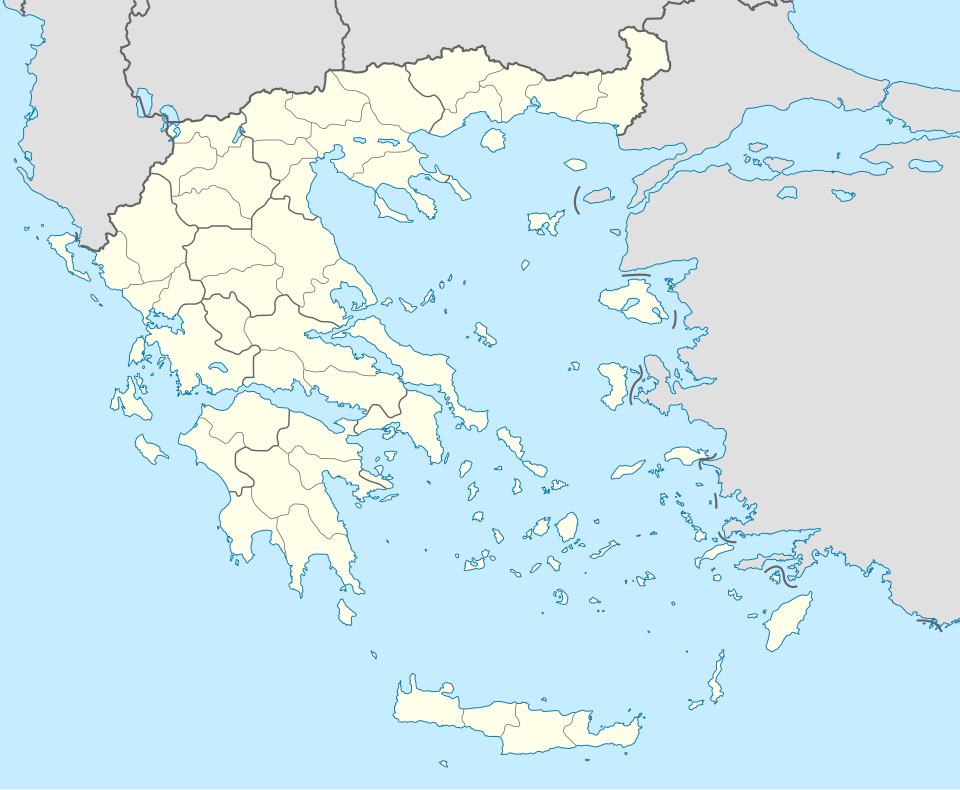| Host city | Paris, France |
|---|---|
| Countries visited | Greece, France and Monaco |
| Start date | 16 April 2024 |
| End date | 26 July 2024 |
The 2024 Summer Olympic torch relay ran from 16 April 2024 until 26 July 2024. [1] [2] After it was lit in Olympia, Greece, the torch then travelled through Greece, arriving at Athens on 26 April. It sailed across the Mediterranean on the three-masted barque Belem to Marseille on 9 May and subsequently began its travel across Metropolitan and Overseas France, as well as Monaco. The French leg ended during the opening ceremony when it was used to light the Olympic cauldron. The cauldron was erected at the Tuileries Garden's central fountain.
Contents
- Route in Greece
- Route in France and Monaco
- Metropolitan leg (Part 1)
- Overseas France leg
- Metropolitan leg (Part 2)
- 14 and 15 July Special Legs
- Metropolitan leg (Part 3)
- Opening Ceremony Leg
- References

























